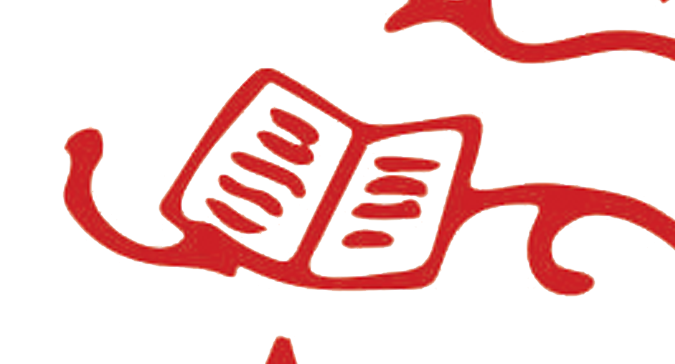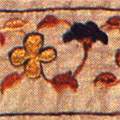Pakistan produces a wide variety of products crafted from paper and papier mache.
KITE MAKING
Kite-flying is a popular pastime in Pakistan, especially in the Punjab. Come basant, the spring festival and the sky in dotted with kites in different shapes and colours. The demand is large enough to ensure steady returns to the kite-makers who occupy a notable place among craftsmen using thin coloured paper as the raw material.
PAPER CUTTING/UKAIR SAZI
Ukair Sazi or the art of paper cutting is basically an art associated with the ornamentation of leather and skin products. Floral and geometric patterns are cut out on paper which are then pasted on to leather crafts to be worked upon with “tilla” or silken thread, thus submerging the pattern. Hence the cut paper design can only be used once. The art of Ukair Sazi originated in the Multan area and remains localized to a great extent.
Today, Ukair Sazi is also used in the art of calligraphy.
The skill of the kite-maker lies in so placing the supporting bamboo strips that the kite will rise with the slightest breeze. Red, black and white remain the favourite colours with kite-makers. Of late kite-flying at night has again become very popular. Powerful electric torches are used to light up the sky but the paper candle-lamp, qindeel, which is tied to the string a few yards below the kite, has survived.
Using thin coloured paper as the raw material the kites crafted include the common kites or guddis small kites with tails, kankawwas, which have small cones at the base, and takkals, in the shape of a half-circle supporting a bigger half-circle.
PAPER FLOWER MAKING
Paper-flower making is an old tradition in Pakistan. Although there is now strong competition from plastic and glass the paper flowers hold their own. The favourite flower, both with the customer and the artisan is the rose. in all its hues, set off with the matching green leaves.
PAPER SCULPTURES
A small group of artisans concentrate on paper sculptures. These are mainly of birds and complex horses. These paper horses stand on slightly inclined legs of reed or bamboo sticks, with a straight back and an overstretched neck titled upwards and coloured red and black.
PAPIER-MACHE
This craft has recently reappeared and quite appropriately the agents of its revival are the same that had made it one of the most important crafts in the subcontinent three hundred year ago – Kashmiri craftsmen. No visitor to the Lahore Museum can fail to note the superb craftsmanship of papier-mache dishes, jewellery and powder boxes, and qalamdans /pen cases made in the Mughal period. The finely painted floral patterns on these smoothly shaped objects speak volumes of the craftsmen’s skill and sense of colour.
During the period of colonial rule this craft suffered grievously and the break in tradition affected quality for quite a long period. However, some years ago the craft found a new generation of diligent practitioners who can now match the ingenuity of their ancestors. Their common products are dishes, bowls, vases, powder boxes, cigarette cases, jewellery boxes, pen-trays etc. The patterns and motifs elaborately painted on these objects are mostly floral but also include human figures, birds, orchards of fruit-laden trees and legends. Golden yellow ground is still preferred but there is an increasing use of green, blue and red.


